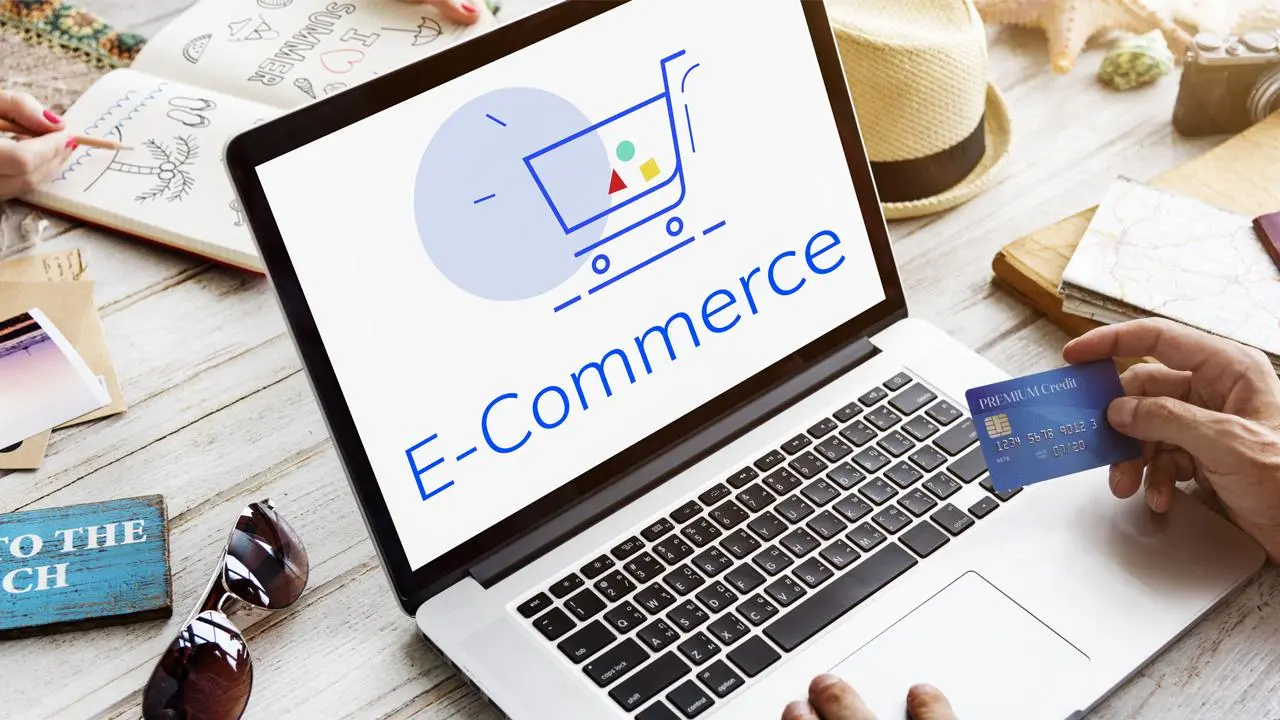What is E-commerce?
Introduction
E-commerce, or electronic commerce, is the buying and selling of goods or services via the Internet. It is a rapidly growing industry and is expected to continue to grow in the years to come. There are many benefits to e-commerce, including convenience, lower prices, and a wider selection of products. However, there are also some challenges associated with e-commerce, such as security concerns and the need for a strong online presence.
Benefits of E-commerce
There are many benefits to e-commerce, both for businesses and for consumers. Some of the key benefits include:
- Convenience: E-commerce allows consumers to shop from the comfort of their own homes. They can browse through a wide selection of products, compare prices, and make purchases without having to leave their house.
- Lower prices: E-commerce businesses often have lower overhead costs than traditional brick-and-mortar stores. This means that they can pass on the savings to consumers in the form of lower prices.
- Wider selection: E-commerce businesses have access to a wider selection of products than traditional brick-and-mortar stores. This is because they can sell products from all over the world, not just from their local area.
- 24/7 access: E-commerce businesses are open 24/7, which means that consumers can shop whenever they want. This is especially convenient for people who work long hours or who live in remote areas.
Challenges of E-commerce
While there are many benefits to e-commerce, there are also some challenges that businesses and consumers need to be aware of. Some of the key challenges include:
- Security concerns: E-commerce transactions involve the transfer of personal and financial information, which makes them a target for fraudsters. Businesses need to take steps to protect this information, such as using secure payment gateways and encrypting their websites.
- Need for a strong online presence: In order to be successful in e-commerce, businesses need to have a strong online presence. This means having a well-designed website that is easy to use and navigate. Businesses also need to be active on social media and other online channels in order to reach potential customers.
- International shipping: E-commerce businesses that sell products to customers in other countries need to be aware of the shipping costs and regulations involved. This can be a complex and time-consuming process, but it is essential for businesses that want to reach a global audience.
The Future of E-commerce
The future of e-commerce is bright. The industry is expected to continue to grow in the years to come, as more and more people shop online. There are a number of factors that are driving the growth of e-commerce, including the increasing popularity of smartphones and tablets, the growing availability of high-speed internet, and the increasing trust that consumers have in online shopping.
As the e-commerce industry continues to grow, businesses will need to adapt to the changing landscape. This means offering a wider selection of products, providing excellent customer service, and making it easy for customers to shop online. Businesses that are able to do this will be well-positioned to succeed in the years to come.
Conclusion
E-commerce is a rapidly growing industry that offers many benefits for both businesses and consumers. However, there are also some challenges that businesses need to be aware of. The future of e-commerce is bright, and businesses that are able to adapt to the changing landscape will be well-positioned to succeed.
Additional Information
In addition to the benefits and challenges mentioned above, there are a number of other factors that businesses need to consider when developing an e-commerce strategy. These include:
- The target market: Businesses need to clearly define their target market and understand their needs and wants. This will help businesses to develop products and marketing campaigns that are targeted to their target market.
- The competitive landscape: Businesses need to understand the competitive landscape and identify their competitors’ strengths and weaknesses. This will help businesses to develop a competitive advantage.
- The technology landscape: The technology landscape is constantly changing, and businesses need to keep up with the latest trends. This includes using the latest e-commerce platforms and technologies to improve the customer experience.
Conclusion
E-commerce is a complex and ever-changing industry. However, by understanding the benefits, challenges, and other factors involved, businesses can develop a successful e-commerce strategy.





